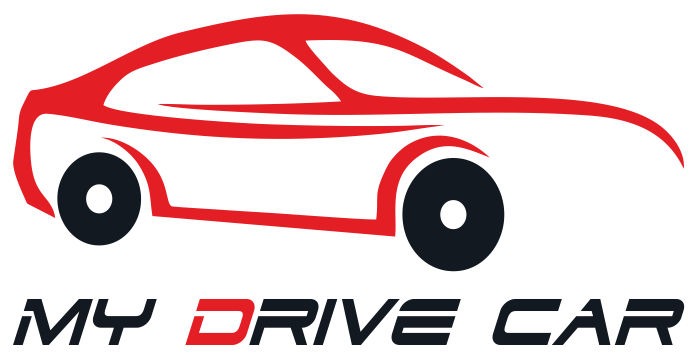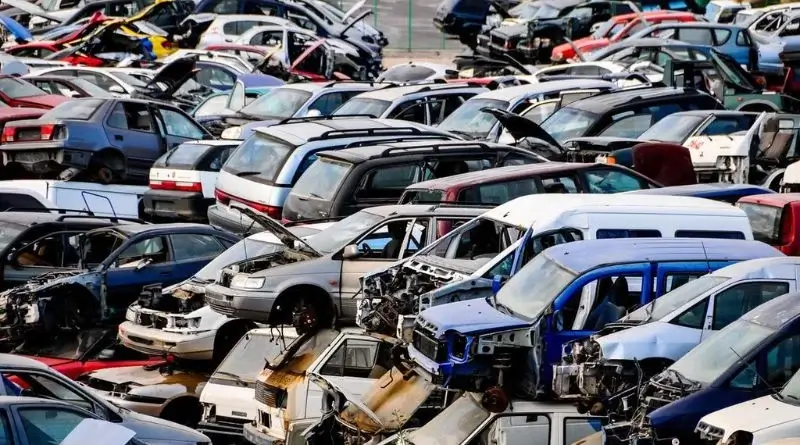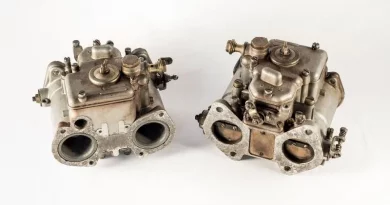From Junk to Treasure: The Process of Transforming Scrap Cars into Useful Materials
The transformation of scrap cars into valuable materials is an intricate and important process.
Every year, millions of vehicles reach the end of their useful lives. However, these ‘end-of-life’ vehicles are far from worthless.
The process of recycling and repurposing these vehicles not only conserves resources but also plays a crucial role in reducing environmental impact.
This article delves into the journey from a scrap car to reusable materials, highlighting the significance of each step in this transformation.
The Life Cycle of a Car
Before diving into the recycling process, it’s important to understand the entire life cycle of a car. From its creation to its final days on the road, every vehicle undergoes various stages.
This lifecycle perspective provides a backdrop to appreciate the significance and complexity of transforming scrap cars into valuable materials.
From Manufacturing to Usage
A car’s journey begins in the manufacturing plant and continues through years of service on the road.
This period is marked by regular maintenance and repairs, ensuring the vehicle remains functional and safe. Over time, however, wear and tear take their toll, leading to decreased efficiency and increased environmental impact.
The End of the Road: Deciding to Scrap
Eventually, every vehicle reaches a point where repairs are no longer economically viable, or the car becomes unsafe to operate. At this stage, the vehicle is often sold for scrap or given to wrecking yards.
This decision marks the beginning of a new phase in the car’s life cycle, transitioning from a mode of transportation to a source of valuable materials.
The Scrap Car Process
The transformation of a scrap car into reusable materials is a multi-step process, each step critical to ensuring the safety and efficiency of recycling.
From the moment a car is deemed no longer fit for the road, it enters a new phase, beginning with its collection and culminating in the recycling of its materials.
Collection and Transportation
The process begins with the collection of scrap cars from individual owners, dealerships, or auctions.
Specialized vehicles transport these cars to scrap yards or recycling facilities, where they will be processed. This phase is crucial for ensuring that the cars are handled safely and efficiently.
Initial Processing: Depollution and Dismantling
Upon arrival at the recycling facility, the first step is depollution. This process involves removing all hazardous materials, such as batteries, fluids, and gases, to prevent environmental contamination.
Following depollution, the car undergoes dismantling. Useful parts, such as engines, transmissions, and electronics, are removed and refurbished for resale or recycling.

Material Separation and Recycling
After dismantling, the remaining car structure is shredded into smaller pieces. This material is then passed through various separation processes to recover different materials like steel, aluminum, copper, and plastics.
Each material is recycled separately to ensure maximum efficiency and purity.
Transforming Scrap into New Materials
Once the scrap car has been dismantled and its materials separated, the true transformation begins. This stage is where innovation and recycling technology come into play, turning what was once considered waste into valuable resources.
Repurposing Metal Components
Metals recovered from scrap cars, primarily steel and aluminum, are melted down and purified.
This recycled metal is then used to produce new car parts, construction materials, and even consumer goods, reducing the need for virgin materials and conserving energy.
Reusing and Recycling Plastic and Rubber
Plastics and rubber from scrap cars are also valuable. These materials are cleaned, shredded, and transformed into granules or pellets.
These recycled plastics and rubber find new life in various applications, from new automotive components to construction materials and consumer products.
Innovative Uses for Recycled Car Parts
Apart from traditional recycling, innovative projects worldwide are finding new uses for car parts. For instance, seat belts are repurposed into fashion accessories, and car tires are used in playground surfacing, showcasing the creative potential of recycling.
Environmental and Economic Impacts
The impact of recycling scrap cars extends beyond just the transformation of materials. It has significant implications for both the environment and the economy.
Understanding these impacts highlights the broader importance of the car recycling process, encompassing ecological sustainability and economic benefits.
Reducing Environmental Footprint
The recycling of scrap cars significantly reduces the environmental footprint of the automotive industry. For example. it conserves natural resources, reduces greenhouse gas emissions from manufacturing, and minimizes landfill waste.
This process is a key component of sustainable environmental practices in the automotive sector.
The Economic Value of Scrap Materials
Beyond environmental benefits, the recycling of scrap cars has substantial economic implications.
It creates jobs in the recycling industry and generates revenue from the sale of recycled materials and parts. The process also helps in reducing manufacturing costs by providing cheaper, recycled materials.

Legal and Safety Considerations
The process of transforming scrap cars into useful materials is not only about recycling and innovation. It also involves adhering to legal requirements and maintaining high safety standards.
These aspects are crucial for ensuring the process is sustainable, responsible, and safe for all involved.
Compliance with Environmental Regulations
The car recycling industry is subject to stringent environmental regulations. These laws ensure that the process of dismantling and recycling vehicles is conducted in a manner that minimizes harm to the environment.
Compliance with these regulations is essential for the sustainability of the industry.
Health and Safety in Scrap Processing
Safety is paramount in the scrap car processing industry.
Workers are exposed to potential hazards such as sharp edges, heavy machinery, and hazardous materials. Therefore, adherence to safety protocols and the provision of proper training and equipment are crucial to prevent accidents and injuries.
The Future of Car Recycling
As we look to the future, the car recycling industry stands at the cusp of significant change. Driven by advancements in technology and a shift towards more sustainable practices, the way we recycle cars is evolving.
Technological Advancements
The future of car recycling is closely tied to technological advancements.
Innovations in recycling technology, such as more efficient separation techniques and improved methods for processing complex materials, are set to enhance the efficiency and effectiveness of the recycling process.
Trends in Sustainable Practices
Sustainability trends are increasingly influencing the car recycling industry. There is a growing emphasis on developing more sustainable recycling practices, reducing waste, and maximizing the reuse of materials.
These trends are shaping the future of the industry, making it more environmentally responsible and economically viable.
Conclusion
The journey of transforming scrap cars into useful materials is a complex yet rewarding process. It not only contributes to environmental sustainability but also adds economic value by creating new materials and products.
As technology and sustainability practices evolve, the importance of this process will continue to grow, emphasizing the role each individual plays in the lifecycle of their vehicle.
By knowing when it’s time to say goodbye to your end-of-life vehicle and choosing to recycle it, we contribute to a more sustainable future and truly turn junk into treasure.




